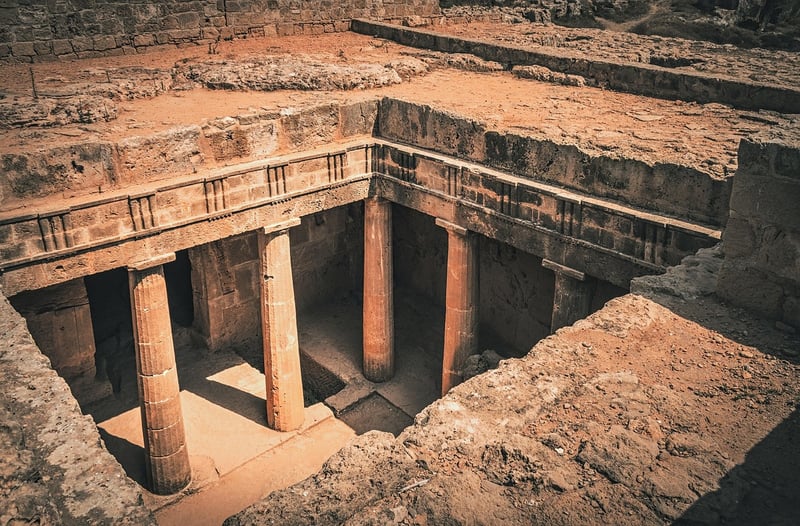Historical Preservation
The Importance of Preserving and Studying Historical Artifacts
Preserving and studying historical artifacts is crucial for understanding our past, learning from it, and preserving our cultural heritage for future generations. Let's delve into why this practice is so vital.
Why Preserve Historical Artifacts?
Historical artifacts are tangible links to the past, providing us with insights into the lives, beliefs, and practices of our ancestors. By preserving these artifacts, we can:
- Gain knowledge about past civilizations and cultures
- Understand technological advancements and innovations
- Appreciate art forms and craftsmanship of bygone eras
- Learn from past mistakes and successes
- Connect with our roots and heritage
The Role of Historical Preservation
Historical preservation involves safeguarding and conserving historical sites, buildings, and artifacts for future generations. It includes activities such as:
- Documentation and cataloging of artifacts
- Conservation and restoration efforts
- Creating museum exhibits for public education
- Utilizing advanced technologies for artifact analysis
Challenges in Historical Preservation
Despite its importance, historical preservation faces several challenges such as:
- Environmental factors like natural disasters and climate change
- Human activities such as vandalism and theft
- Limited funding and resources for preservation projects
- Ethical dilemmas regarding ownership and repatriation of artifacts
Conclusion
Preserving and studying historical artifacts is not just about looking back; it's about shaping our future. By understanding where we come from, we can make informed decisions for the present and future. Let's continue to cherish and protect our historical treasures for the generations to come.

Image source: Pixabay
